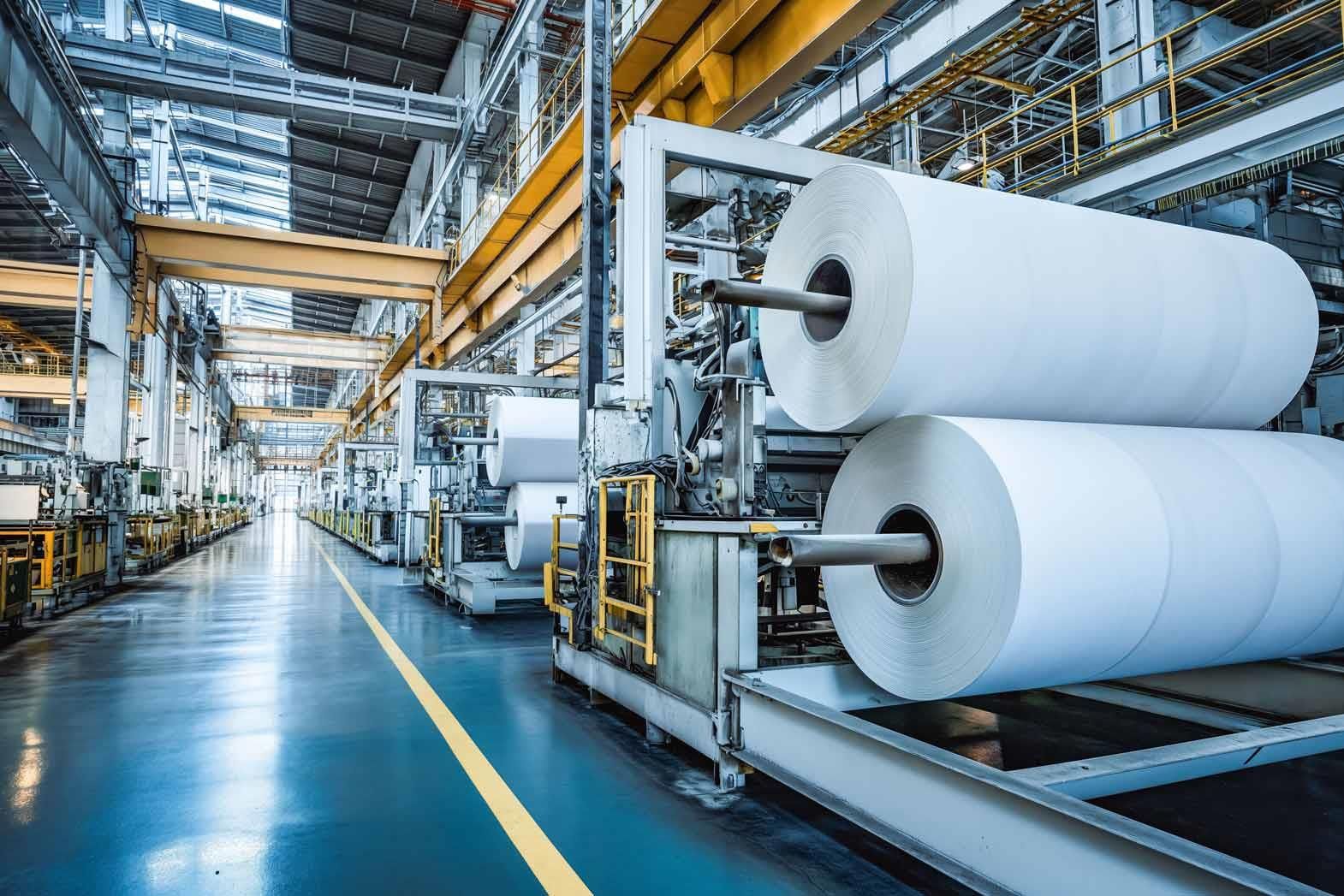Conventional mode of Drying Textiles after they have been dyed is a slow process. Textile industries can increase throughput and fill orders more prominently using Radio Frequency (RF) Dryers. RF system has capability to accelerate the drying process and shorten production time. RF drying offers high volume, high speed and high-quality drying which is what is exactly needed in textile industries. As wet garments of acrylic, cotton, nylon and polyester blends pass through the drying chamber, the radio waves vibrate the contained water molecules million times per second, vaporizing them. Ventilator fans are used to remove damp air from the drying chamber.
The dryer system comprises the 125kW industrial high-frequency generator in conjunction with a drying chamber incorporating an electrode applicator and air extraction system. The equipment is suitable for drying most types of fibers which have had prior mechanical moisture extraction in either, cone, muff, bump or loose stock form. Many types of fiber can be dried. The machine incorporates a modular polypropylene conveyor band and conveyor system.
Because the RF waves concentrate in the wettest, densest portion of the garments, RF drying has a leveling effect that practically eliminates any problems of uneven shrinkage and over drying. The RF drying times depend on the type of fabric; the percentage of moisture in the fabric going into the dryer, and the degree of dryness desired.
Advantages:
The major advantage is that it gives thorough, consistent drying in less time and also occupies less space. In addition to these, following advantages are prominent:
Faster Drying
Faster Production
Increased Labor Production
Energy Saving
Less Down Time
Lower Maintenance
Less work in progress
Space savings
Batch Dryer for Nonwoven Webs
The RF Web Dryer rapidly removes moisture from the web at low temperatures and prevents the migration of coating solids caused by conventional drying which increases web strength and product quality.
Benefits:
1. Preferential Heating: Selectively dries products at the wettest sections of the web. The product output will be uniform in moisture content throughout, regardless of the non-uniformity going in.
2. Increases Production Throughput : Providing instant ON/OFF control. the RF Web Dryer eliminates the heat-up and cool-down times required by conventional dryers.
3. Minimize Drying Times: Rapid volumetric heating eliminates the long dwell time required by conventional heating minimizing the quantity of product in the drying cycle and reduces changeover time.
4. No Accumulation Rollers: This dryer eliminates the need for accumulation rollers required by festooned convection and infrared type dryers and saves floor space by generally requiring one-fifth of the floor space needed for hot-air and IR dryers as well as lower maintenance costs.
Key Features:
1. Energy applied by radio waves at a frequency of 40.68 MHz.
2. Volumetric heating keeps the temperature low and uniform throughout the web to prevent overheating.
Radio Frequency and Microwave
The oscillation frequency of electromagnetic waves is measured in Hz (cycles per second). Conventionally, electromagnetic waves ranging from 30 kHz to 300 GHz are called Radio Frequency (RF) and those over 300 MHz are called specifically Microwave (MW). Since RF and MW are widely utilised by radio communication systems. In order to avoid interferences, the competent authorities have allocated specific frequency ranges (bands) to be used worldwide for ISM (Indl., Scientific, Medical) purposes. Permitted frequencies of industrial significance for dielectric heating applications are: 13.56, 27.12, and 40.68 MHz within the AF range and 2.45 GHz (and in some countries only 896 or 915 MHz) within the MW range.
Broadly speaking, all AF heating equipment consist of two main distinct parts: the generator and the applicator (or electrodes). The generator converts the normal electricity from the mains supply into radio frequency electromagnetic energy. It is composed of a suitably designed combination of capacitors and inductances (the oscillating LC circuit) connected to a vacuum valve (the triode), complete with the high voltage DC supply unit. The applicator receives the electromagnetic energy from the generator through simple conductive metal connectors and applies it to the product to be healed. The applicator design depends on the product shape and size, but in practice three basic configurations are sufficient to cover the majority of industrial cases, depending on the electric field direction (orientation) : vertical: for through heating on bulky products; horizontal : for surface heating on thin or layered products.
This article was originally published in the May, 2014 issue of the New Cloth Market.








Comments